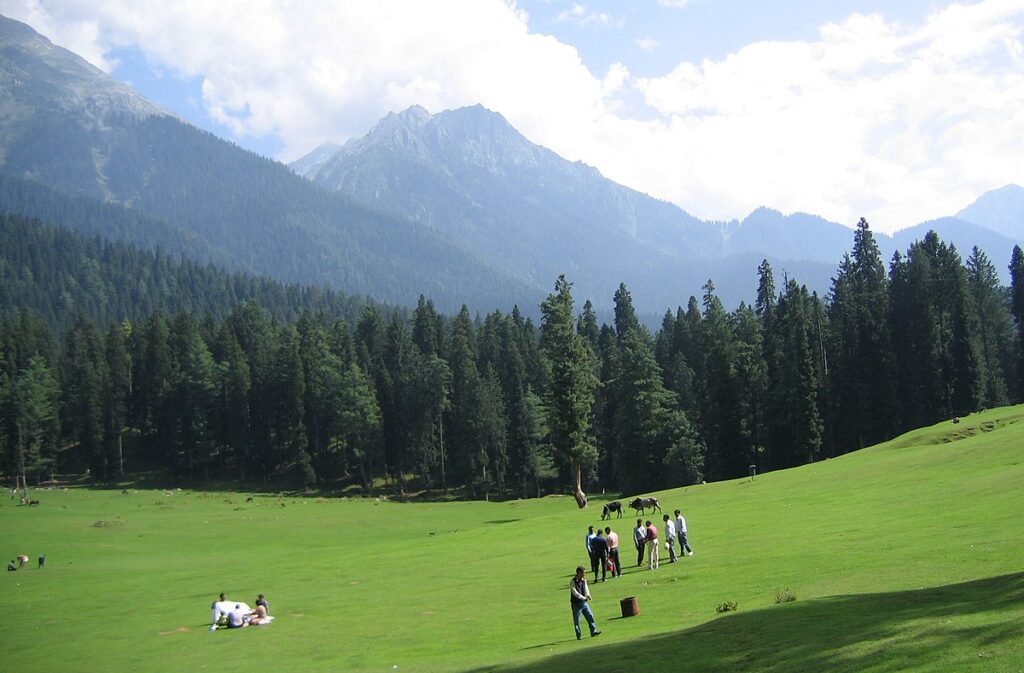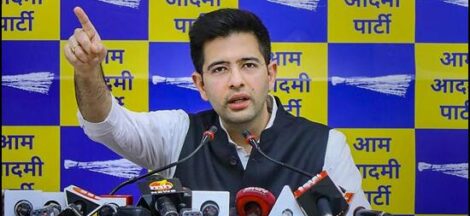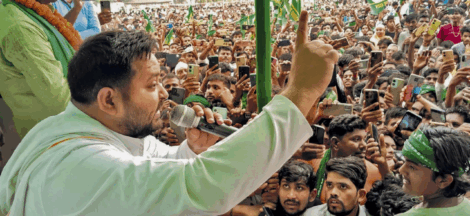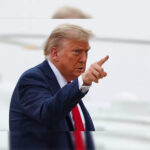Crowded markets and clogged streets greeted Jammu and Kashmir Chief Minister Omar Abdullah during his latest visit to Pahalgam on 22 June, casting fresh evidence of tourism’s recovery nearly two months after the Baisaran Valley attack on 22 April that claimed 26 lives. Abdullah, sharing images of bustling local scenes, described the town as “bustling with activity”, a marked contrast to his prior visit when markets were nearly deserted.
Official data and stakeholder testimonies underscore a meaningful uptick in footfall. Even with tourist numbers still lagging behind pre‑attack levels, local travel agents report occupancy reaching 30–40 per cent of last year’s peaks, fuelled by enhanced connectivity through Kashmir’s first Vande Bharat Express, launched on 6 June linking Jammu‑based Katra and Srinagar. Srinagar boatman Parvez Ahmad, who relies on Dal Lake tourism, confirmed that “tourists have started coming… but not as many as there were before the attack”.
Stakeholders note that a phased reopening of 16 out of 48 shuttered destinations has reinforced this recovery. With previously closed parks and leisure venues once again welcoming visitors, the ripple effect has buoyed lodging, transport, and hospitality trades. Travel agent Sajad Ahmad Kralyari observed that the “second part of June is turning out to be good,” citing fully booked hotels and competitive rate drops of 40–50 per cent as key enablers.
Abdullah’s strategic engagements—ranging from convening a cabinet session in Pahalgam to administrative meetings in Gulmarg at the end of May—were orchestrated to demonstrate governmental resolve. He described the resurgence as deeply satisfying, affirming that “the efforts my colleagues and I have been putting in are slowly bearing fruit”.
Infrastructure upgrades complement policy measures. The Vande Bharat service, Kashmir’s first high-speed intercity train, has introduced a more dependable travel alternative amid weather-related disruptions. Similarly, enhancements to the Gulmarg gondola and expansion of tulip gardens are expected to bolster capacity and appeal.
Despite these positive signals, industry insiders caution against premature optimism. Occupancy and flight volumes remain only a fraction of those registered before 22 April. Economic Times notes that all flights and many hotels saw abrupt declines following the attack, making for a slow-paced recovery. Analysts predict it may take several months for visitor confidence to fully rebound, underscoring the fragility of the rebound. AP News reaffirmed that tourism had all but collapsed in late April and recovery remained uncertain even after a ceasefire in May.
Security remains a critical variable. The attack at Baisaran was orchestrated by Lashkar‑e‑Taiba and The Resistance Front, who carried out a mass shooting that targeted tourists based on religion. The state and central governments responded militarily through “Operation Sindoor” in early May, striking terror camps in Pakistan‑occupied Kashmir and Pakistan proper—actions defended by Abdullah as precise and civilian‑free. While a ceasefire mediated by the United States took effect on 10 May, analysts warn that long-term stability hinges on sustained peace and efforts to resolve underlying tensions.
Local voices reflect cautious hope. Beyond the political theatre, people like hotelier Mukhtar Shah noted that although high‑spending tourists have yet to return, “the graph is increasing and next month will be much better”. Similarly, boat operator Ahmad reported resumed bookings, albeit modest in scale. With the Amarnath pilgrimage scheduled to begin 3 July and the Vande Bharat service continuing, tourism advocates anticipate further gains.
The resurgence in Pahalgam offers a glimpse into Kashmir’s evolving tourism trajectory. A combination of infrastructural advancement, government mobilisation, and scaled-up security is producing a cautiously optimistic rebound. But with visitor inflows still far from pre‑attack levels, the region’s ability to sustain this momentum remains uncertain, subject to the twin pressures of peace and perception.




 Trump Again Boasts Stopping India‑Pakistan Conflict
Trump Again Boasts Stopping India‑Pakistan Conflict 